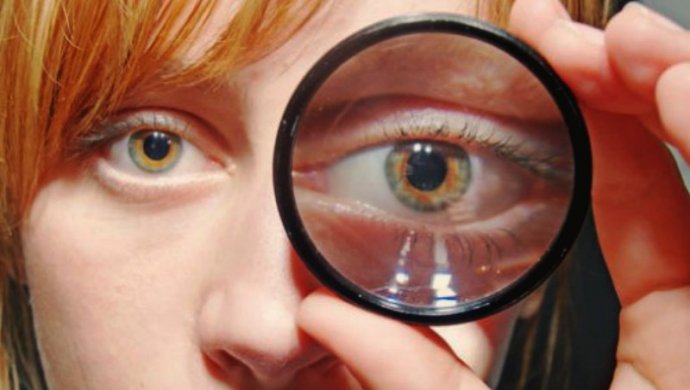Definition
Glaucoma is a disease and the main symptom is increased intraocular pressure. Under its influenza tissue disorders of the optic nerve develop, which manifest themselves with the gradual disappearance of the visual field. The disease process ends in complete double-blindness for a different length of time.
The pressure exerted on the eyelet of the eyeball from the inside out is higher than the atmospheric pressure. Fluctuations in intraocular pressure depend primarily on the production and outflow of intraocular fluid. It fills the anterior and posterior ocular chambers and its volume is about 125 cubic meters. From the posterior ocular chamber, the intraocular fluid flows through the pupil into the anterior ocular chamber. Its drainage from the eye is made through a complex system of channels, located at different levels. The ducts drain fluid into the venous system of the anterior cingulate cilia. The central nervous system regulates the production and outflow of intraocular fluid through a neuro-reflex pathway. Normal intraocular pressure limits are between 16 and 22 mm of mercury. Values above 25 mm are considered abnormal intraocular pressure and below 14 mm as reduced.
According to the functional state and the level of intraocular pressure, glaucoma disease has two forms – congestive and simple glaucoma.
Clinical picture
In simple glaucoma, the patient does not notice changes in his vision, as they occur slowly and he adjusts to them. In addition, the disease progresses differently in both eyes. The internal pressure level is not very high (about 35 mm) and its day and night fluctuations are not very high (less than 10 mm). Examination reveals a drop of part of the visual field from the side of the nose, but the patient does not feel this since the dropped visual field is compensated by the preserved field of the healthy eye. That is why very often glaucoma is detected in an already completely blinded eye, with the blind eye accidentally closed. Usually, such patients remember that they had impairments in the adaptation to dark and light, which they did not pay attention to. The early onset of presbyopic complaints is characteristic.
Congestive glaucoma is characterized by the fact that intraocular pressure changes sharply, abruptly. As soon as the intraocular pressure rises rapidly, the tissue of the eye becomes stagnant. It causes pain and loss of vision due to swelling in the transparent media of the eye and compression of the nerve fibers. The eye is red with congestive blood, the cornea is swollen, the pupil is wide. Often, small seizures go away spontaneously, but over the course of 10-15 years the disease progresses and the function of one eye disappears and the other eye is significantly damaged. Pain and visual complaints occur in the morning or after fatigue, after emotional experiences, stay in the dark (cinema, theater), after working with a long-bent head, a warm bath, and when exposed to cold. The feeling of heaviness and tightness of the eyeball can develop into a severe pain in the eyebrow, lower jaw and nape of the neck. Visual impairments are manifested in a slight transient blurring, which results in a significant and prolonged diminution of vision. Congestive glaucoma is also characterized by early presbyopia and rapid fatigue.

